Investigation of Zero Moment Point in a Partially Filled Liquid Vessel Subjected to Roll Motion
Abstract
:1. Introduction
2. Methodology
2.1. Problem Description
2.2. Mathematical Modelling
2.3. Test Cases
3. Results and Discussion
4. Conclusions
Author Contributions
Funding
Conflicts of Interest
References
- Harada, K.; Kajita, S.; Saito, H.; Morisawa, M.; Kanehiro, F.; Fujiwara, K.; Kaneko, K.; Hirukawa, H. A Humanoid Robot Carrying a Heavy Object. In Proceedings of the 2005 IEEE International Conference on Robotics and Automation, Barcelona, Spain, 18–22 April 2005; pp. 1712–1717. [Google Scholar]
- Hirukawa, H. Walking biped humanoids that perform manual labour, Philosophical Transactions of the Royal Society A: Mathematical. Phys. Eng. Sci. 2007, 365, 65–77. [Google Scholar] [CrossRef] [PubMed]
- Kam, L.W.; Gvildys, J. Fluid-structure interaction of tanks with an eccentric core barrel. Comput. Methods Appl. Mech. Eng. 1986, 58, 51–77. [Google Scholar]
- Kargbo, O.; Xue, M.-A.; Zheng, J. Multiphase Sloshing and Interfacial Wave Interaction with a Baffle and a Submersed Block. J. Fluids Eng. 2019, 141. [Google Scholar] [CrossRef]
- Kong, F.; Yuan, L.; Zheng, Y.F.; Chen, W. Automatic Liquid Handling for Life Science:A Critical Review of the Current State of the Art. J. Lab. Autom. 2012, 17, 169–185. [Google Scholar] [CrossRef] [PubMed]
- Lorenz, M.G.O. Liquid-Handling Robotic Workstations for Functional Genomics. J. Assoc. Lab. Autom. 2004, 9, 262–267. [Google Scholar] [CrossRef]
- Faiña, A.; Nejati, B.; Stoy, K. EvoBot: An Open-Source, Modular, Liquid Handling Robot for Scientific Experiments. Appl. Sci. 2020, 10, 814. [Google Scholar] [CrossRef] [Green Version]
- Barthels, F.; Barthels, U.; Schwickert, M.; Schirmeister, T. FINDUS: An Open-Source 3D Printable Liquid-Handling Workstation for Laboratory Automation in Life Sciences. SLAS Technol. Transl. Life Sci. Innov. 2020, 25, 190–199. [Google Scholar] [CrossRef]
- Samad, A.; Khan, A.A.; Sajid, M.; Zahra, R. Assessment of biofilm formation by pseudomonas aeruginosa and hydrodynamic evaluation of microtiter plate assay. J. Pak. Med Assoc. 2019, 69, 666–671. [Google Scholar]
- Zahra, R.; Khan, A.A.; Sajid, M. Hydrodynamic Evaluation of Microtiter Plate Assay Using Computational Fluid Dynamics for Biofilm Formation. In Proceedings of the Asme-Jsme-Ksme 2019 8th Joint Fluids Engineering Conference; American Society of Mechanical Engineers: New York, NY, USA, 2019. [Google Scholar]
- Delorme, L.; Colagrossi, A.; Souto-Iglesias, A.; Zamora-Rodriguez, R.; Botia-Vera, E. A set of canonical problems in sloshing, Part I: Pressure field in forced roll—Comparison between experimental results and SPH. Ocean Eng. 2009, 36, 168–178. [Google Scholar] [CrossRef]
- Liu, D.; Lin, P. Three-dimensional liquid sloshing in a tank with baffles. Ocean Eng. 2009, 36, 202–212. [Google Scholar] [CrossRef]
- Sugihara, T.; Nakamura, Y.; Inoue, H. Real-time humanoid motion generation through ZMP manipulation based on inverted pendulum control. In Proceedings of the 2002 IEEE International Conference on Robotics and Automation (Cat. No.02CH37292), Washington, DC, USA, 11–15 May 2002; Volume 2, pp. 1404–1409. [Google Scholar]
- Vukobratovic, M.; Borovac, B. Zero Moment Point—Thirty Five Years of its Life. Int. J. Hum. Robot. 2004, 1, 157–173. [Google Scholar] [CrossRef]
- Kajita, S.; Kanehiro, F.; Kaneko, K.; Fujiwara, K.; Harada, K.; Yokoi, K.; Hirukawa, H. Biped walking pattern generation by using preview control of zero-moment point. In Proceedings of the 2003 IEEE International Conference on Robotics and Automation (Cat. No.03CH37422), Taipei, Taiwan, 14–19 September 2003; Volume 2, pp. 1620–1626. [Google Scholar]
- Sun, G.; Wang, H.; Lu, Z. A Novel Biped Pattern Generator Based on Extended ZMP and Extended Cart-Table Model. Int. J. Adv. Robot. Syst. 2015, 12, 94. [Google Scholar] [CrossRef]
- Scianca, N.; Simone, D.D.; Lanari, L.; Oriolo, G. MPC for Humanoid Gait Generation: Stability and Feasibility. IEEE Trans. Robot. 2020, 1–18. [Google Scholar] [CrossRef] [Green Version]
- Faltinsen, O.M.; Lagodzinskyi, O.E.; Timokha, A.N. Resonant three-dimensional nonlinear sloshing in a square base basin. Part 5. Three-dimensional non-parametric tank forcing. J. Fluid Mech. 2020, 894, A10. [Google Scholar] [CrossRef]
- Ibrahim, R.A. Recent Advances in Physics of Fluid Parametric Sloshing and Related Problems. J. Fluids Eng. 2015, 137, 090801. [Google Scholar] [CrossRef]
- Sanapala, V.S.; Rajkumar, M.; Velusamy, K.; Patnaik, B.S.V. Numerical simulation of parametric liquid sloshing in a horizontally baffled rectangular container. J. Fluids Struct. 2018, 76, 229–250. [Google Scholar] [CrossRef]
- Ansari, M.; Firouz-Abadi, R.; Ghasemi, M. Two phase modal analysis of nonlinear sloshing in a rectangular container. Ocean Eng. 2011, 38, 1277–1282. [Google Scholar] [CrossRef]
- Boroomand, B.; Bazazzadeh, S.; Zandi, S.M. On the use of Laplace’s equation for pressure and a mesh-free method for 3D simulation of nonlinear sloshing in tanks. Ocean Eng. 2016, 122, 54–67. [Google Scholar] [CrossRef]
- Jäger, M. Fuel Tank Sloshing Simulation Using the Finite Volume Method; Springer: Berlin/Heidelberg, Germany, 2019. [Google Scholar]
- Tang, Y.; Yue, B.; Yan, Y. Improved method for implementing contact angle condition in simulation of liquid sloshing under microgravity. Int. J. Numer. Methods Fluids 2019, 89, 123–142. [Google Scholar] [CrossRef]
- Jasak, H.; Jemcov, A.; Tukovic, Z. OpenFOAM: A C++ library for complex physics simulations, in International workshop on coupled methods in numerical dynamics. In Proceedings of the Ternational Workshop on Coupled Methods in Numerical Dynamics IUC, Dubrovnik, Croatia, 19–21 September 2007; pp. 1–20. [Google Scholar]
- Souto-Iglesias, A.; Botia-Vera, E.; Martín, A.; Pérez-Arribas, F. A set of canonical problems in sloshing. Part 0: Experimental setup and data processing. Ocean Eng. 2011, 38, 1823–1830. [Google Scholar] [CrossRef] [Green Version]
- Siciliano, B.; Khatib, O. Springer Handbook of Robotics; Springer: Berlin/Heidelberg, Germany, 2016. [Google Scholar]
- Hu, Z.Z.; Greaves, D.; Raby, A. Numerical wave tank study of extreme waves and wave-structure interaction using OpenFoam®. Ocean Eng. 2016, 126, 329–342. [Google Scholar] [CrossRef] [Green Version]
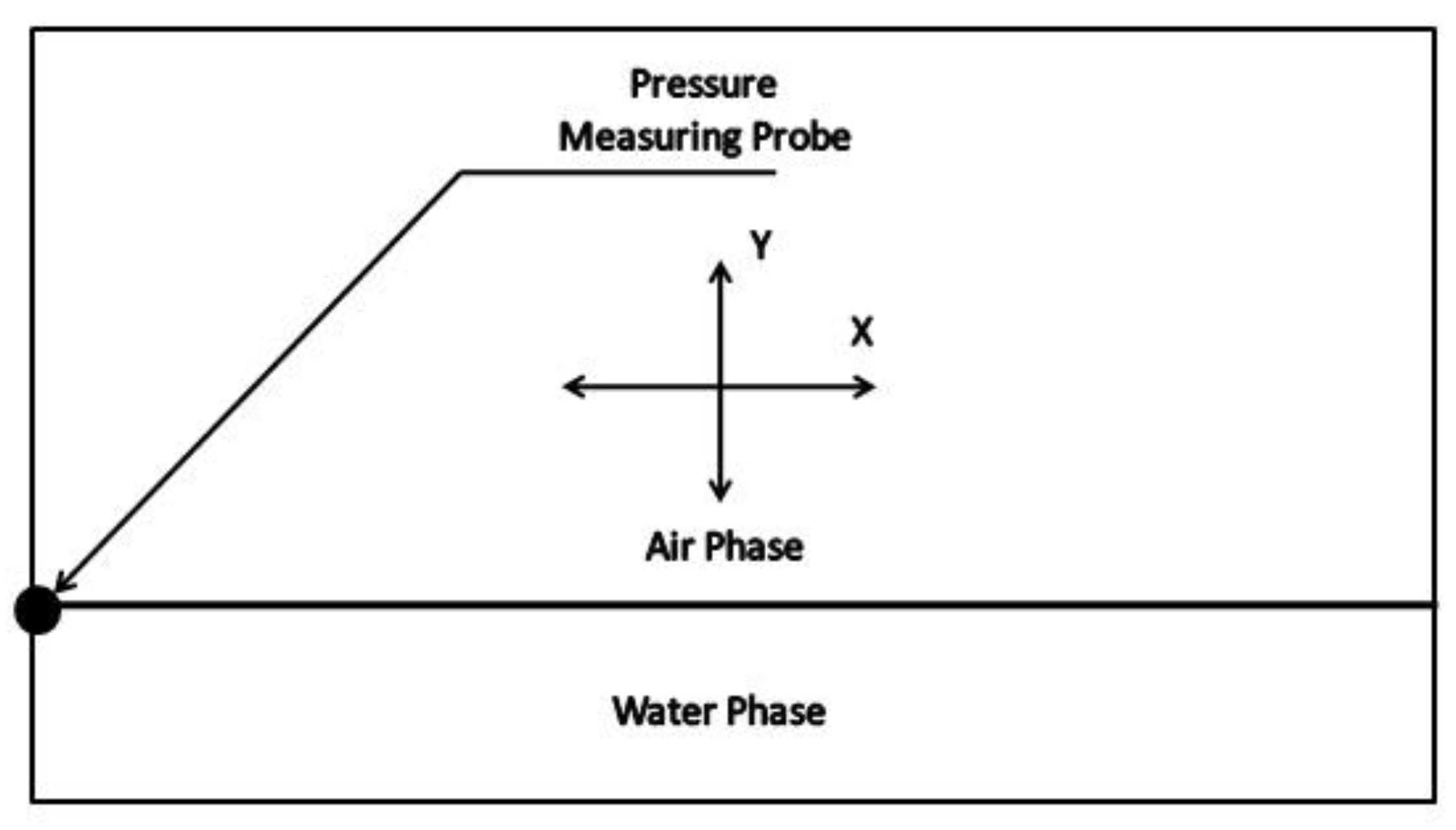


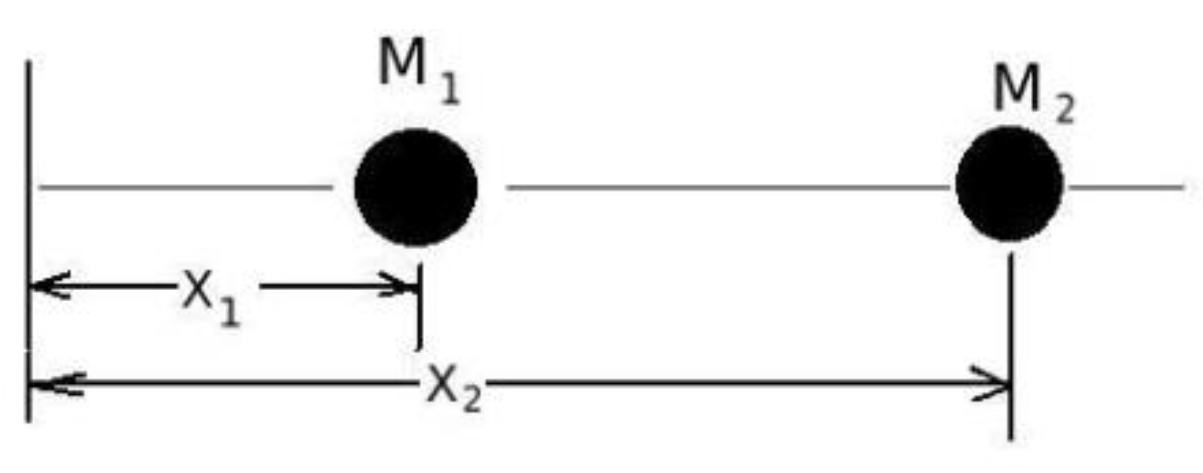
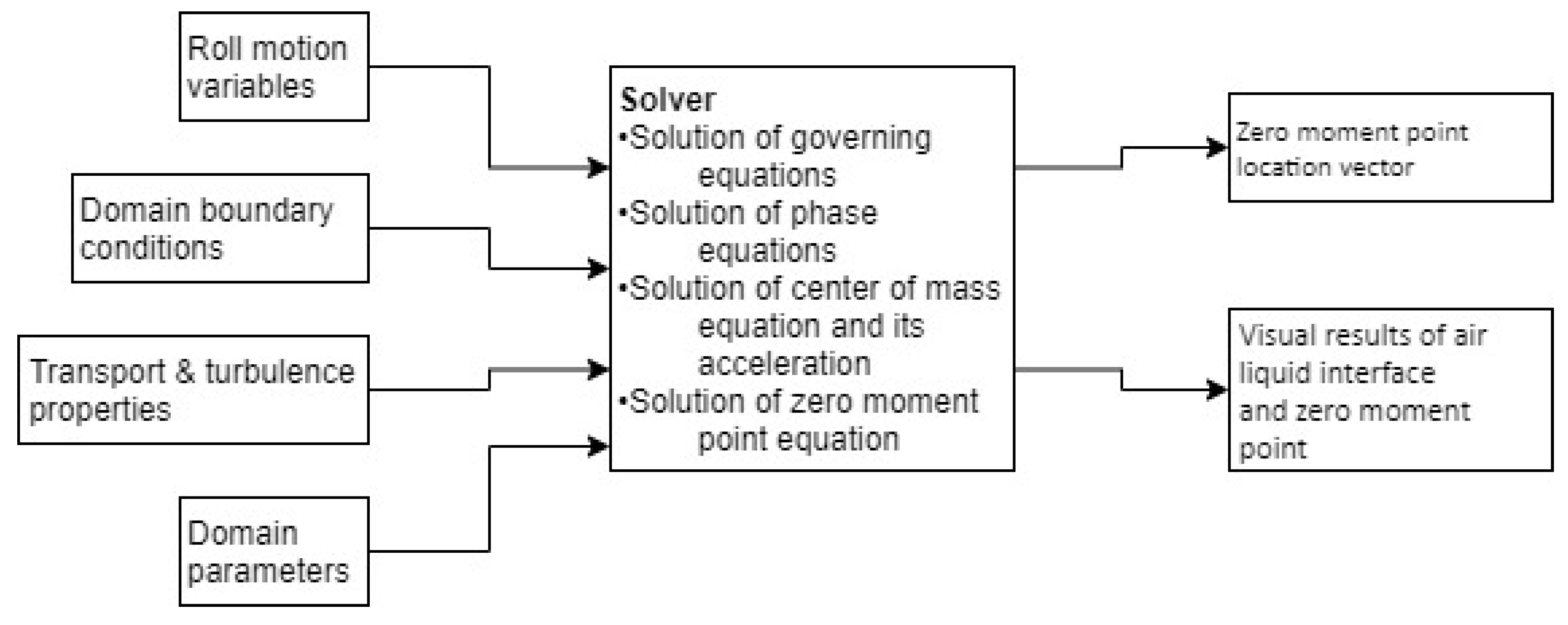
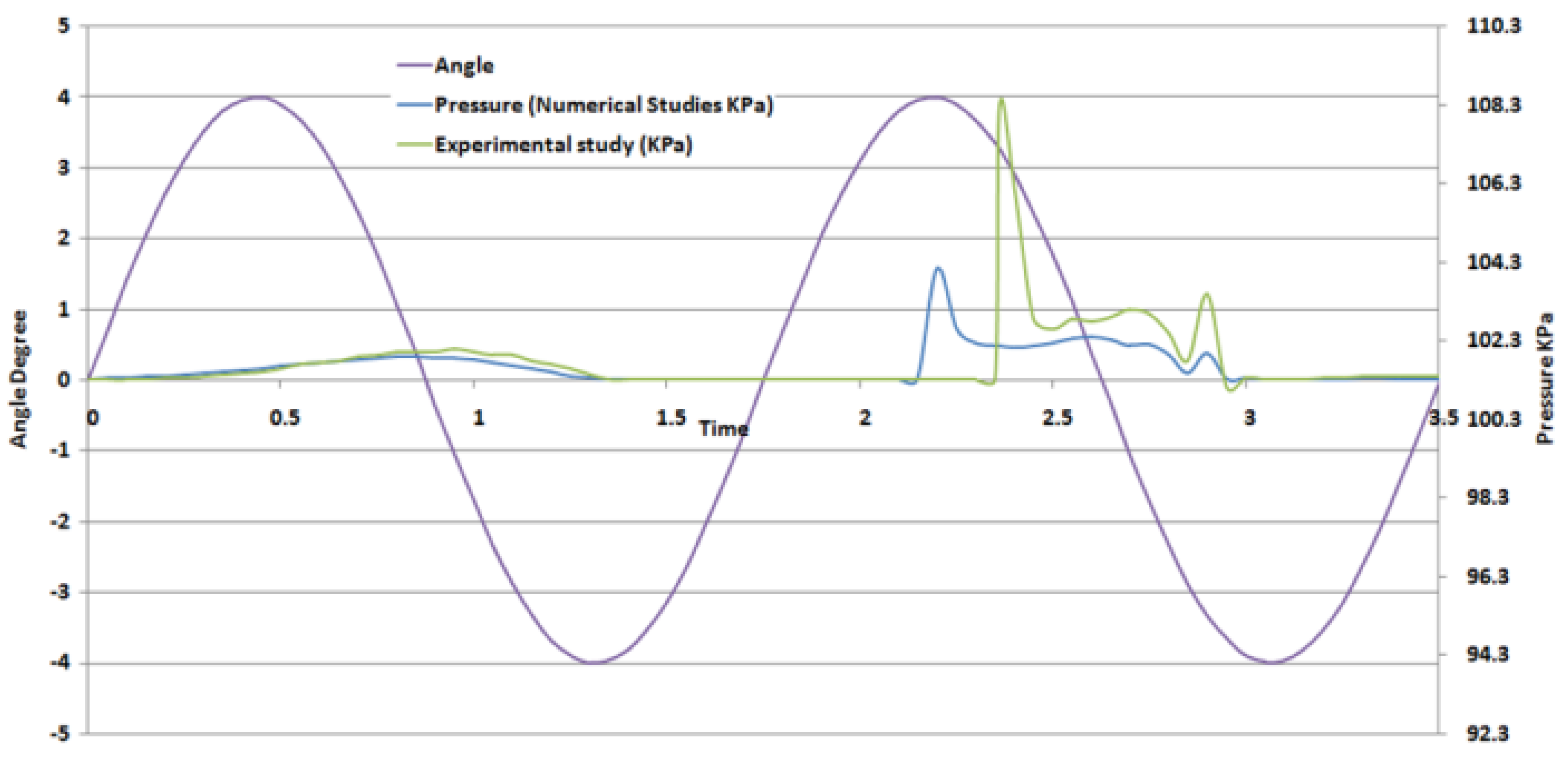
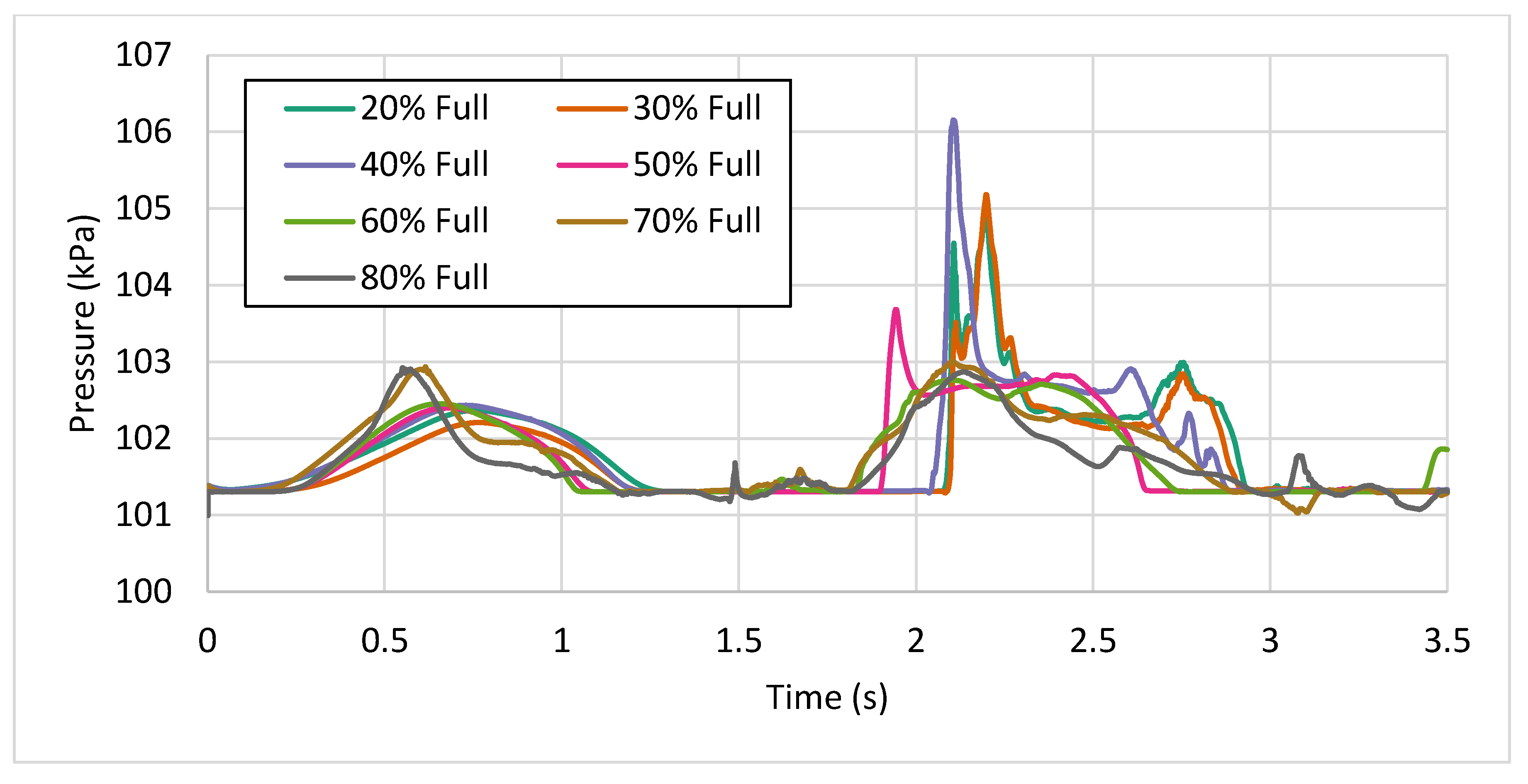

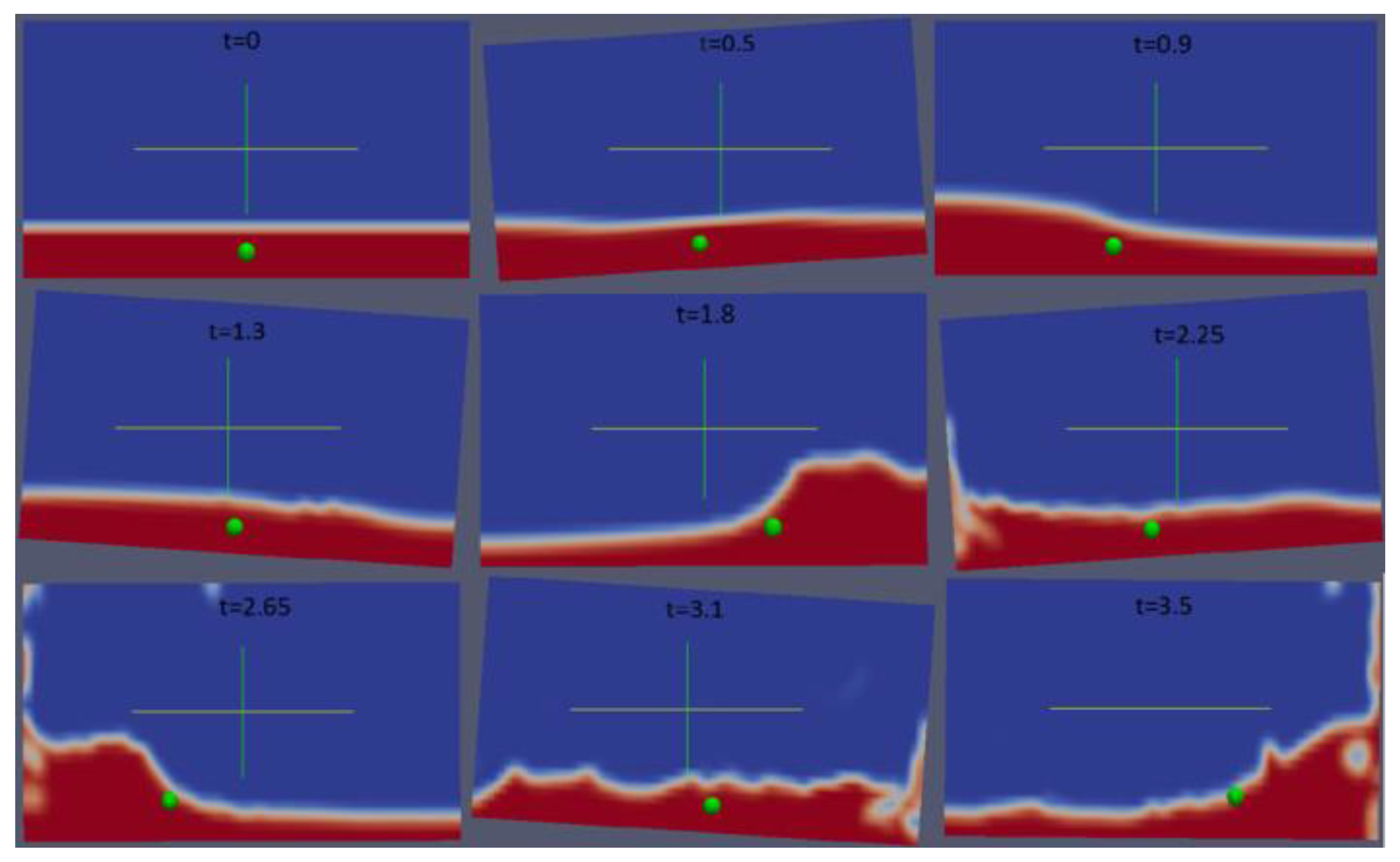


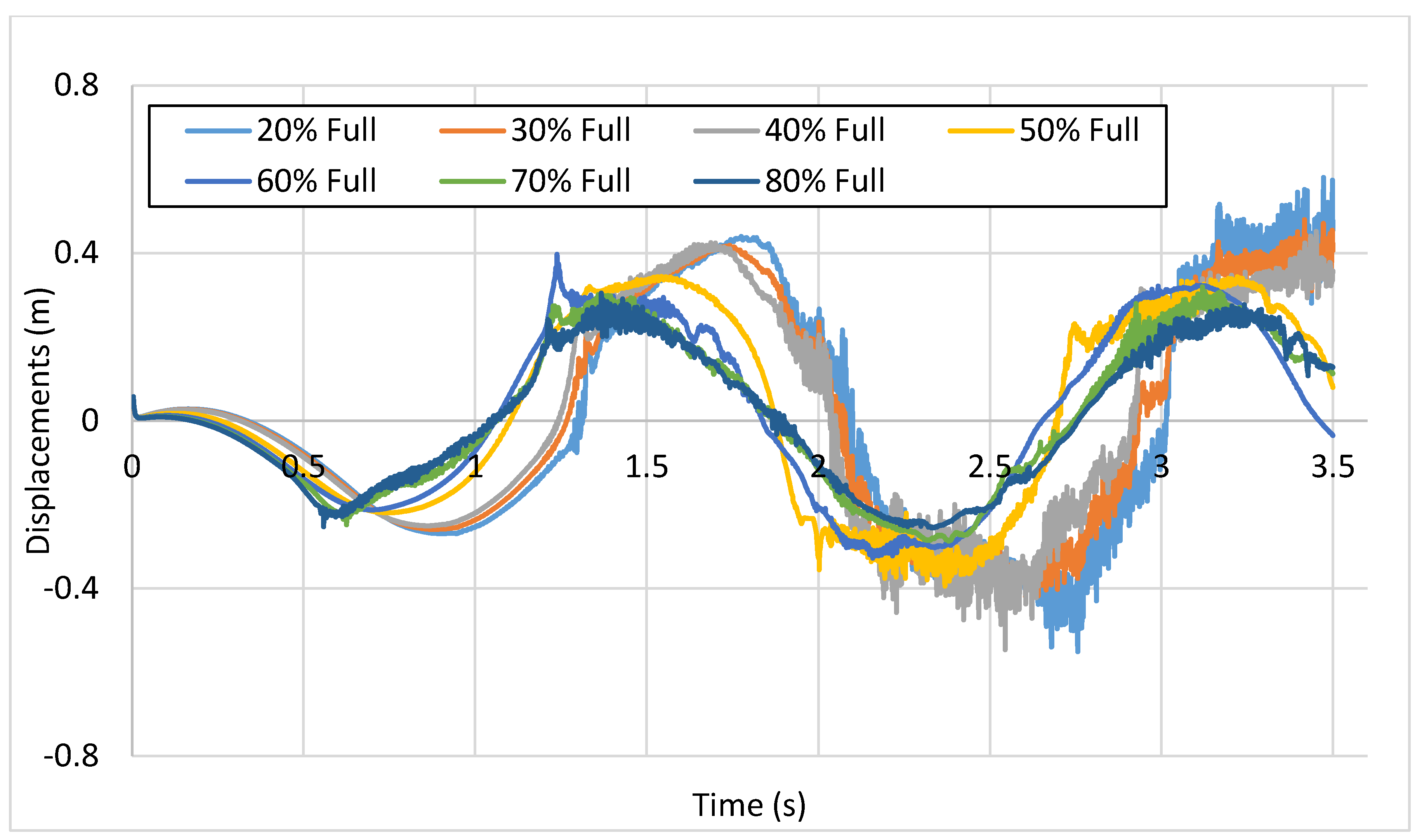
© 2020 by the authors. Licensee MDPI, Basel, Switzerland. This article is an open access article distributed under the terms and conditions of the Creative Commons Attribution (CC BY) license (http://creativecommons.org/licenses/by/4.0/).
Share and Cite
Usman, M.; Sajid, M.; Uddin, E.; Ayaz, Y. Investigation of Zero Moment Point in a Partially Filled Liquid Vessel Subjected to Roll Motion. Appl. Sci. 2020, 10, 3992. https://doi.org/10.3390/app10113992
Usman M, Sajid M, Uddin E, Ayaz Y. Investigation of Zero Moment Point in a Partially Filled Liquid Vessel Subjected to Roll Motion. Applied Sciences. 2020; 10(11):3992. https://doi.org/10.3390/app10113992
Chicago/Turabian StyleUsman, Muhammad, Muhammad Sajid, Emad Uddin, and Yasar Ayaz. 2020. "Investigation of Zero Moment Point in a Partially Filled Liquid Vessel Subjected to Roll Motion" Applied Sciences 10, no. 11: 3992. https://doi.org/10.3390/app10113992




